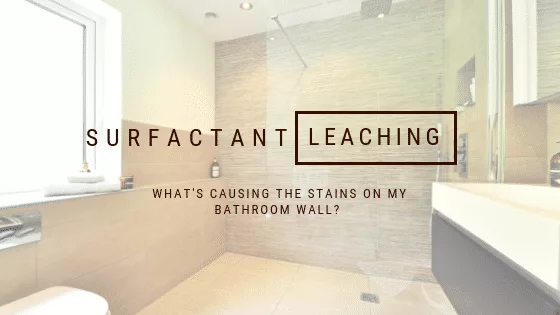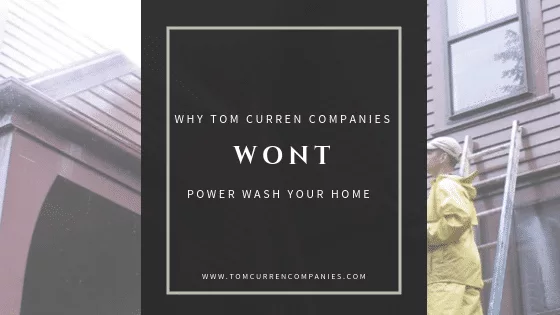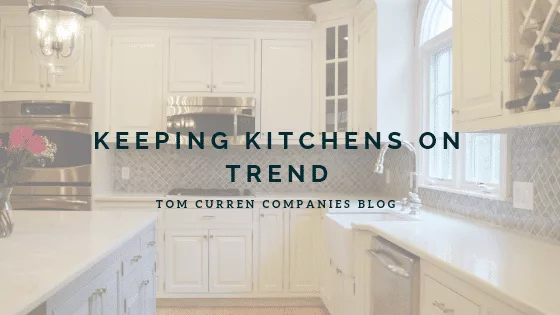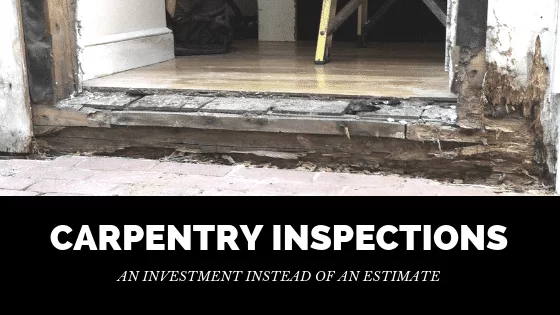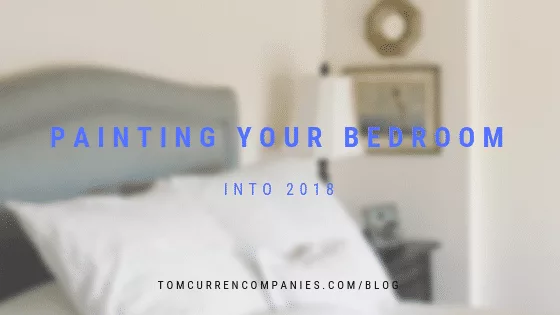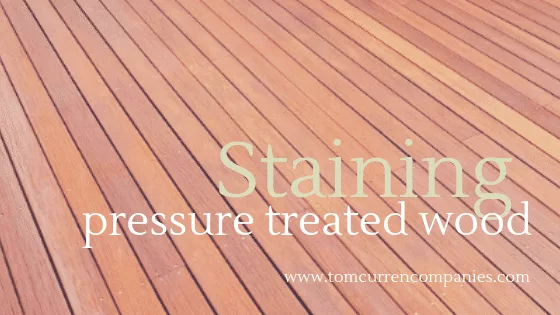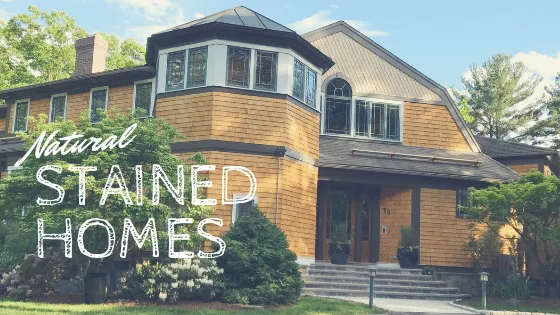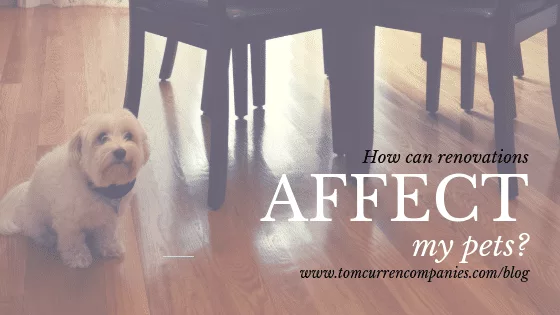What causes stains on my bathroom wall?
Likelier than not, the stains and discoloration on your bathroom wall are the result of something called surfactant leaching. You might know surfactant leaching by one of its many colorful alternate names: exudation (a botanical term that refers to a substance secreted by plants), streaking, or weeping. No matter what you call it, it’s unsightly. Generally, it manifests as ectoplasmic, ugly brown spots on the bathroom wall, or else as glossiness, oiliness, soapiness, stickiness, or drip-like stains.
Why does surfactant leaching happen?
Well, because latex paints contain something called surfactants—water-soluble ingredients that reduce surface tension while imparting color and stability to your paint. To put a finer point on the matter, let’s take a short, chemistry-related detour: the moisture in your bathroom concentrates and draws out the water-soluble surfactants from inside the paint; when that happens and the moisture evaporates, deposits from the surfactants float to the surface of the paint, creating the discoloration you’re seeing on your walls. Also: surfactant leaching tends to affect accent colors and dark colors more dramatically than white-painted walls. That’s because there are even more surfactants when you add a colorant to paint, thus creating more deposits when overexposed to moisture and humidity.
Is surfactant leaching a paint avoidable?
Just to be clear, though: surfactant leaching is not a paint defect. In fact, it’s a practically unavoidable byproduct of using paint, particularly if your bathroom lacks exceptional ventilation. Leaching doesn’t generally affect the integrity or durability of a paint job, but it’s definitely unattractive and you’ll probably want to get rid of it—but how?
How do you get rid of surfactant leaching?
Well, you’ll be happy to learn it isn’t too tough a job. It’s as simple as washing the area with soap and water and then rising it off. Be aware, though, that the film discoloration may come back before the surfactant is totally removed. What’s more, leaching occurs over time, so you’ll need to maintain your walls by wiping stains away as they come to your attention. If, however, your goal is to repaint entirely, make sure to let any coat of paint dry completely before using the shower, and remove any and all stains before you start. If surfactant leaching seriously gets under your skin, consider investing in a ventilation system to keep the room drier and less susceptible to weeping. Otherwise, rest assured that those unlovely stains can be removed, and—with vigilance and regular clean-ups—your walls can look practically as good as new.

